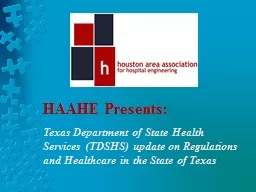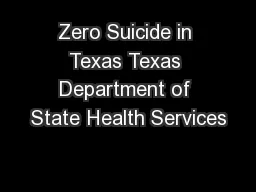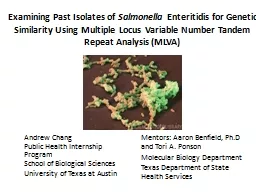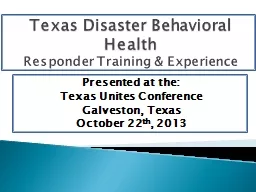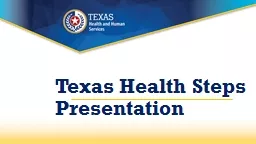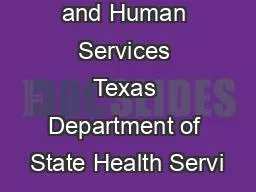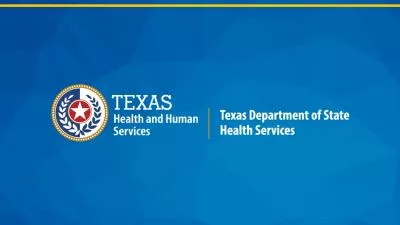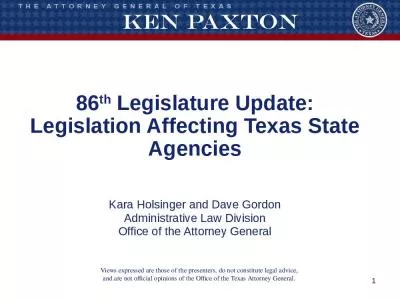PPT-HAAHE Presents : Texas Department of State Health Services (TDSHS) update on Regulations
Author : giovanna-bartolotta | Published Date : 2018-09-20
Puzzling Healthcare Environment Architectural Review Group ARG Gerard Van de Werken Chief Architect Houston July 10 2014 The puzzling stares wwwdshsstatetxushfp
Presentation Embed Code
Download Presentation
Download Presentation The PPT/PDF document "HAAHE Presents : Texas Department of St..." is the property of its rightful owner. Permission is granted to download and print the materials on this website for personal, non-commercial use only, and to display it on your personal computer provided you do not modify the materials and that you retain all copyright notices contained in the materials. By downloading content from our website, you accept the terms of this agreement.
HAAHE Presents : Texas Department of State Health Services (TDSHS) update on Regulations: Transcript
Download Rules Of Document
"HAAHE Presents : Texas Department of State Health Services (TDSHS) update on Regulations"The content belongs to its owner. You may download and print it for personal use, without modification, and keep all copyright notices. By downloading, you agree to these terms.
Related Documents

